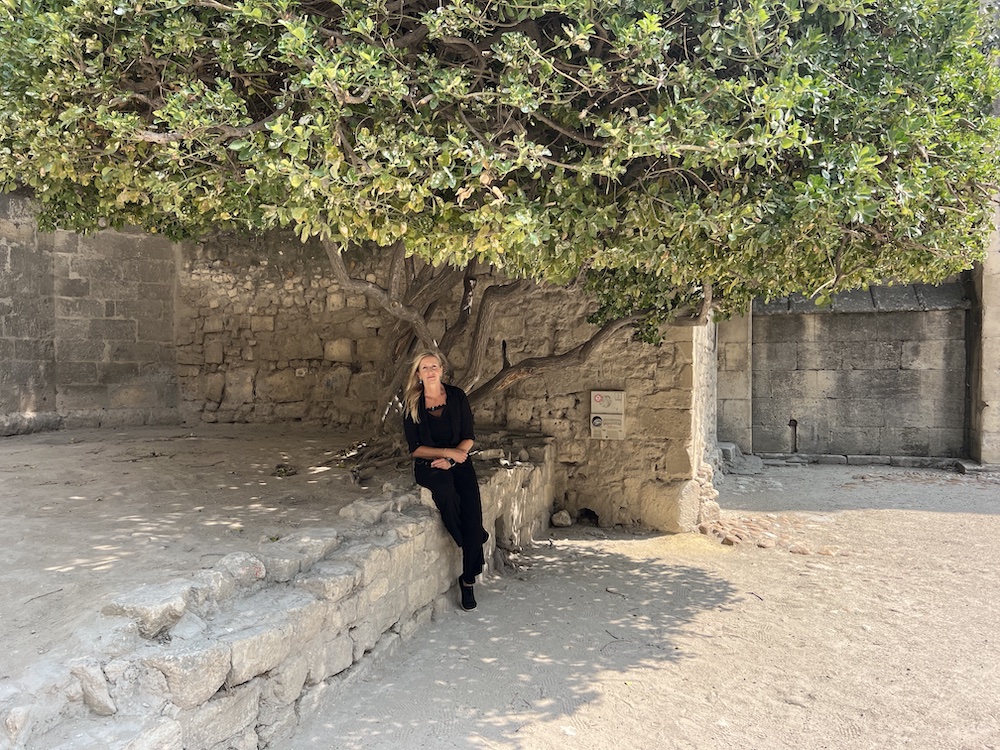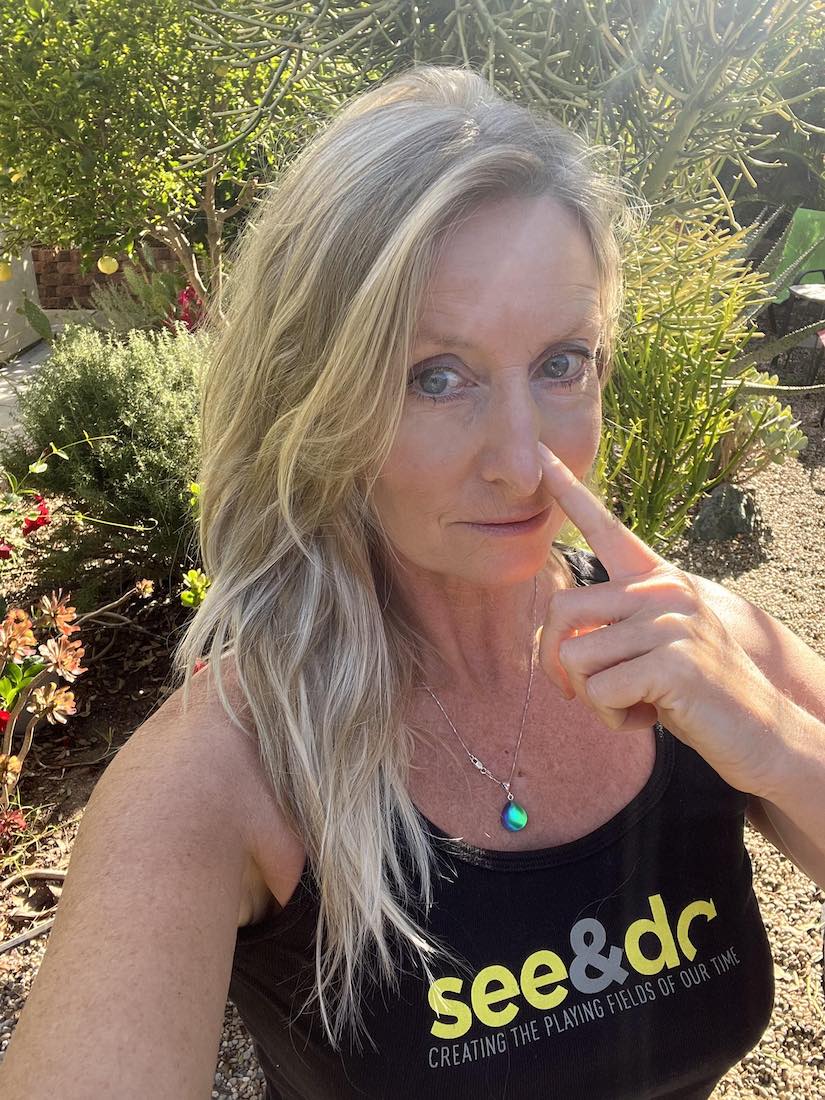How Breathwork Impacts Your Body
Breathing is a fundamental life function that goes beyond sustaining life; it significantly impacts our physical and mental health. The way we breathe influences our movement, range of motion, recovery from training, and overall well-being. Understanding the interconnection between efficient breathing and movement is crucial for optimising functional training and enhancing quality of life. It feels good to feel good!This is especially pertinent for middle-aged women who may experience fatigue and anxiety. This blog post explores the relationship between breathwork, the nervous system, physical movement, and the benefits of different breathing techniques.
Table of Contents:
- Understanding the Nervous System: The Foundation of Breathwork and Movement
- Overview of the Central Nervous System (CNS) and Peripheral Nervous System (PNS)
- The role of the autonomic nervous system, including the Sympathetic Nervous System (SNS) and Parasympathetic Nervous System (PNS)
- Breathing and Movement: Impact on Range of Motion and Physical Performance
- The significance of diaphragmatic breathing
- Consequences of shallow breathing
- Differences between mouth and nose breathing and their effects on the nervous system
- Overbreathing and Anxiety: Insights from "The Breathing Cure"
- The correlation between overbreathing and anxiety
- Research findings from "The Breathing Cure"
- Breathing and Recovery: Enhancing Healing and Performance
- The role of oxygenation in muscle recovery
- The importance of activating the PNS for effective recovery
- The Wim Hof Breathing Method: A Unique Approach to Breathwork
- Components of the Wim Hof method
- Cautions and considerations, particularly for middle-aged women
- Practical Breathing Exercises for Anxiety and Well-Being
- Diaphragmatic breathing
- Box breathing
- 4-7-8 breathing
- Alternate nostril breathing
Understanding the Nervous System: The Foundation of Breathwork and Movement
The nervous system is the body's command center, coordinating all actions and responses. It consists of two main branches:
The Central Nervous System (CNS): Comprising the brain and spinal cord, the CNS processes and interprets information, sending out signals to the rest of the body.
The Peripheral Nervous System (PNS): Connecting the CNS to the rest of the body, the PNS includes the somatic nervous system, which controls voluntary movements, and the autonomic nervous system (ANS), which regulates involuntary functions.
The autonomic nervous system plays a key role in how breathing affects our body and mind, with two primary components:
Sympathetic Nervous System (SNS): Known as the "fight or flight" system, the SNS prepares the body for action in response to stress or danger, increasing heart rate, blood pressure, and cortisol levels. When our nervous system is 'in balance' time spent in this state is brief and very beneficial. Not all stress is bad and without it life is devoid of a large number of experiences. For example, physical training is a stressor that will raise your cortisol.
Parasympathetic Nervous System (PNS): The "rest and digest" system, the PNS promotes relaxation, recovery, and homeostasis, slowing the heart rate, lowering blood pressure, and enhancing digestion. Without ample time spent in this state we can become depleted as we do not adequately absorb the nutrients from the food we eat, rebuild our muscles and allow our body to repair fully.
Breathing, uniquely, can be both voluntary and involuntary, allowing us to influence these nervous system branches.
This control can significantly affect our physical and mental states, impacting movement, recovery, and overall well-being.
Breathing and Movement: The Impact on Range of Motion and Physical Performance
The manner in which we breathe directly affects our movement patterns and range of motion. Efficient breathing utilises the diaphragm, a large, dome-shaped muscle at the base of the lungs. This muscle is essential not only for breathing but also for stabilising the core, supporting the spine, and maintaining posture. We wrap up and think about training our muscles yet few people consider training or framing up their diaphragm.
Diaphragmatic Breathing and Movement
Diaphragmatic breathing, or sometimes called belly breathing, fully engages the diaphragm, facilitating better oxygen exchange, promoting relaxation, and enhancing core stability. When the diaphragm contracts, it creates intra-abdominal pressure, stabilising the lumbar spine and pelvis, crucial for efficient movement and proper biomechanics. This stability is key in activities requiring a strong core, such as lifting weights, allowing the body to move efficiently and with a better range of motion, reducing injury risk.
Shallow Breathing and Its Consequences
Conversely, shallow breathing, or chest breathing, can negatively impact movement and range of motion. This pattern involves using the upper chest and accessory muscles in the neck and shoulders rather than the diaphragm, leading to tension, poor posture, and reduced flexibility. Overusing these upper chest muscles can result in tightness and discomfort, limiting neck and shoulder movement and hindering daily activities and exercise, increasing injury risk. For middle-aged women, who may already face flexibility and mobility challenges due to aging, proper breathwork is vital for maintaining and enhancing movement capabilities.
Mouth vs. Nose Breathing: Implications for the Nervous System
The way we breathe—through the mouth or nose—also has significant implications for the nervous system and overall health and movement. Each method activates different branches of the autonomic nervous system and can impact our stress response and relaxation levels.
Nose Breathing
Depending on the context, nose breathing is generally more beneficial for health and well-being. The nasal passages filter, warm, and humidify the air before it reaches the lungs, providing cleaner air and better oxygen absorption. This method also encourages diaphragmatic breathing, promoting the activation of the parasympathetic nervous system. Engaging the PNS through nose breathing supports relaxation, reduces stress, and improves heart rate variability (HRV), an indicator of overall health and resilience.
Mouth Breathing
In contrast, mouth breathing often leads to shallow, rapid breaths that primarily engage the upper chest. This can activate the sympathetic nervous system, triggering the "fight or flight" response, which is associated with increased heart rate, elevated cortisol levels, and heightened stress. Chronic mouth breathing can contribute to anxiety, poor sleep, and reduced immune function. It can also disrupt the balance of carbon dioxide and oxygen in the body, leading to respiratory alkalosis, a condition characterised by decreased carbon dioxide levels and an increased pH in the blood.
Overbreathing and Anxiety
Research shows the impact overbreathing has on mental health, particularly anxiety. Overbreathing, or chronic hyperventilation, can lead to excessive loss of carbon dioxide, disrupting the delicate balance of gases in the body. This imbalance can result in a state of respiratory alkalosis, causing symptoms such as dizziness, lightheadedness, and increased anxiety.
Research highlighted in the book "The Breathing Cure" by Patrick McKewon (creator of teh Oxygen Advantage system) indicates that overbreathing correlates with heightened anxiety levels. The body's response to hyperventilation can include reduced blood flow to the brain, leading to feelings of anxiety and panic. By practicing controlled, slow breathing techniques, individuals can improve their carbon dioxide tolerance, enhance oxygen delivery to the tissues, and reduce anxiety symptoms.
If you are experiencing a lot of anxiety, one of the best breathing exercises for anxiety is simply to slow your breathing down.
Breathing and Recovery: Enhancing Healing and Performance
Recovery is a crucial aspect of any training regimen, and breathwork plays an integral role in this process both mentally and physically. After intense physical activity, the body needs oxygen to repair muscles, replenish energy stores, and reduce inflammation. Efficient breathing enhances oxygen intake, supporting these recovery processes and reducing healing time.
Oxygenation and Muscle Recovery
Deep, light and slow diaphragmatic breathing increases oxygen intake, essential for muscle repair and recovery. Oxygen is vital for cellular processes, including ATP (adenosine triphosphate) production, the cell's energy currency. By ensuring muscles receive adequate oxygen, breathwork can help reduce muscle soreness and improve recovery time. For middle-aged women, who may experience slower recovery due to aging and hormonal changes, breathwork can be an effective tool to support recovery and mitigate the impact of overtraining and stress.
The Role of the Parasympathetic Nervous System in Recovery
Activating the PNS through breathwork is particularly beneficial for recovery. The PNS promotes rest and repair, essential for healing and overall health. By slowing the heart rate and promoting relaxation, breathwork helps the body recover more effectively from physical exertion. Moreover, engaging the PNS can help reduce stress hormones like cortisol, which can interfere with recovery and increase inflammation. This is especially important for middle-aged women, as chronic stress can exacerbate symptoms of fatigue and decrease resilience to physical and mental stressors.
The Wim Hof Breathing Method: A Unique Approach to Breathwork
The Wim Hof breathing method has become very popular in recent years and is known for its potential health benefits, involves a series of deep, rhythmic mouth breaths followed by breath-holding and controlled hyperventilation. This method can enhance immune function, increase energy levels, and reduce stress. However, it's important to approach this technique with caution, particularly for middle-aged women or if you dont already have an efficient level of functional breathing.
Understanding the Wim Hof Method
The Wim Hof method includes several components:
- Controlled Breathing: Involves taking 30-40 deep breaths, inhaling fully through the mouth and then exhaling through the mouth without fully releasing the air. This controlled hyperventilation increases oxygen levels in the body.
- Breath-Holding: After the controlled breathing phase, individuals hold their breath as long as possible, followed by a recovery breath, inhaling deeply and holding for a few seconds before exhaling.
- Cold Exposure and Meditation: The method also includes cold exposure, such as ice baths, and meditation techniques to enhance mental focus and resilience.
personally I am a big fan of cold water exposure and am NOT a fan of the breathwork. I've been to several weekend workshops and experienced the same thing each time - heightened cortisol, extended anxiety and terrible sleep. It is an experience and for me offered nothing healing. Middle-aged women, who may experience hormonal fluctuations and stress, should think twice about wanting to practice this method and have an awareness of their physical limits.
Cautions and Considerations
While the practice can be invigorating, it is essential to avoid excessive cortisol spikes, which can exacerbate fatigue and stress. It is advisable to start slowly and listen to the body, ensuring that the practice remains safe and beneficial. There are so many other ways to experience the positive benefits of intentional stressors to build resilience through performance breathwork without increasing anxiety and emotional breakdowns and sleep disruption.
Practical Breathing Exercises for Anxiety and Well-Being
Incorporating breathwork into daily routines can offer numerous benefits for anxiety management, overall well-being, and physical performance. Here are some practical breathing exercises:
- Diaphragmatic Breathing: Sit or lie down comfortably. Place one hand on your chest and the other on your abdomen. Inhale gently through your nose, allowing your abdomen to rise as your diaphragm expands. Exhale slowly through your nose, letting your abdomen fall. Focus on light, deep, slow breaths, engaging your diaphragm fully. Play with putting your hands on the side of your ribs and feel whether they expand horizontally.
- Box Breathing: Inhale through your nose for four counts, hold your breath for four counts, exhale through your mouth for four counts, and hold your breath again for four counts. This technique helps calm the mind and body, promoting relaxation as it combines mental and physical focus and structure. You can start with a shorter count to meet yourself where you're at and increase as your capacity allows.
- Alternate Nostril Breathing: Sit comfortably and use your thumb to block one of your nostrils. Stay with this for 2 minutes and then switch nostrils. Feel the benefits of how you cna clear teh nostril and start to experience some air hunger.
Conclusion: Embracing the Power of Breathwork
Breathwork is a powerful tool that can enhance movement, improve range of motion, support recovery, and reduce anxiety. For middle-aged women, incorporating breathing exercises into a daily routine can lead to significant improvements in physical and mental health. Techniques like diaphragmatic breathing, box breathing, and nostril blocking offer pathways to better manage stress and enhance overall well-being.
By paying attention to how you breathe and making conscious efforts to breathe deeply and efficiently, you can unlock a new level of vitality and well-being. Start exploring the benefits of breathwork today—your journey to better health begins with a single breath.
If you havn't found a way to start breathwork and incorporating it into a movement system that works for you yet, start by taking this quick Breathwork Quiz and enjoy the Free Bretahwork Toolkit included at the end. If you're ready to jump into being being supported and getting help with your breathing and movement, I'd love ot help!
Book your free Strategy call now so we can map out a plan for what works for you.
If you're looking for somewhere to start but not sure how or where, set up your free 15 minute Strategy Call so I can map out ways for you to start your Natural Movement Journey.
Feel free to reach and connect! I love meeting more midlife women who want to have more vitality, strength, resilience and joy in their life that includes moving in ways that support their lifestyle and healthspan.


